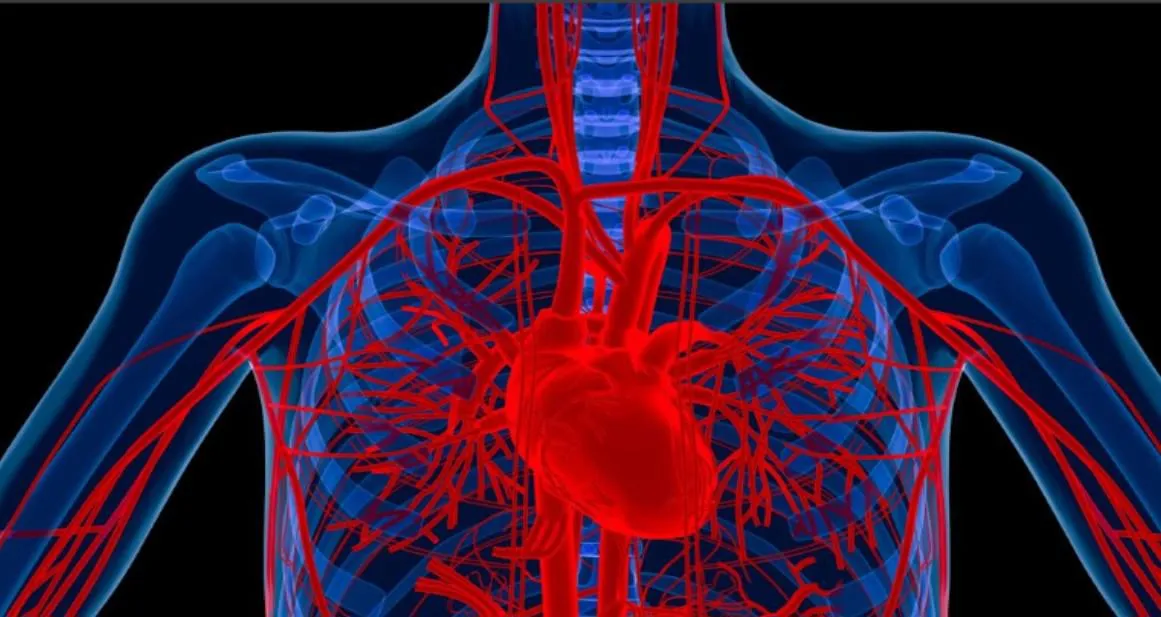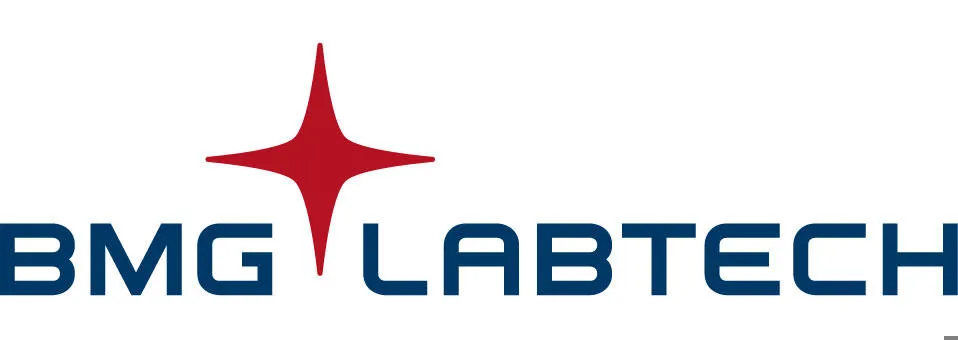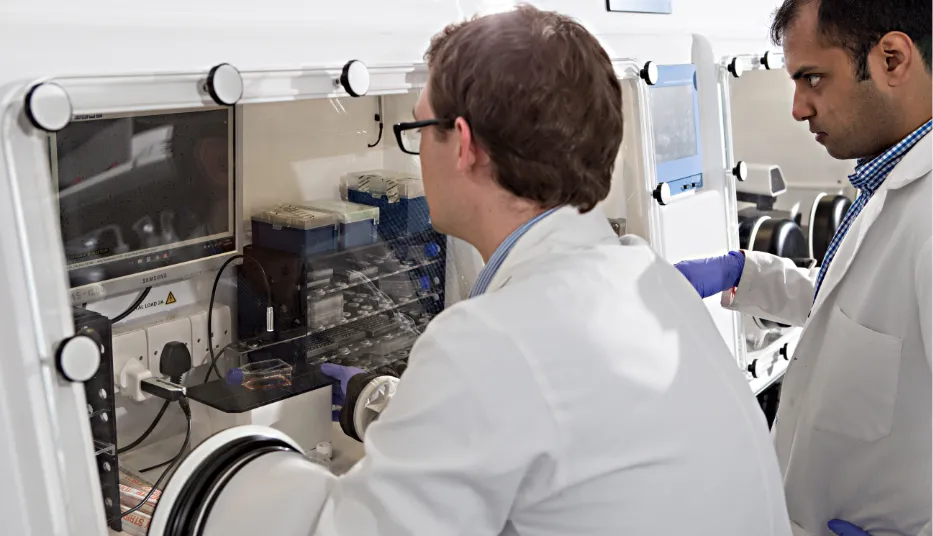
The extensive oxygen gradient between the air we breathe and its ultimate distribution within mitochondria (under 1 kPa) is testament to the efforts expended in limiting its inherent toxicity. It has long been recognized that cell culture undertaken under room air conditions falls short of replicating this protection in vitro. Despite this, difficulty in accurately determining the appropriate O2 levels in which to culture cells, coupled with a lack of the technology to replicate and maintain a physiological O2 environment in vitro, has hindered addressing this issue. Our laboratory provides facilities for researchers to undertake cell culture under O2 levels relevant to specific tissues to enable translation of findings under physiological conditions in vitro to disease pathology and discovery of novel therapeutics.
Our Partners
We partner with the London Metallomics Facility at King's, Baker-Ruskinn, BMG Labtech, Lucid Scientific and BioGenium Microsystems for R&D in novel physiological oxygen cell culture technologies in addition to the Francis Crick Institute with grant funding from Heart Research UK and the British Heart Foundation.
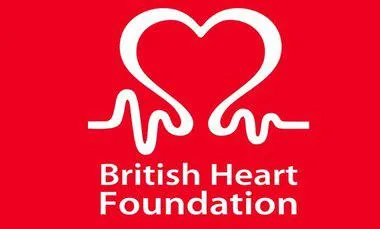
British Heart Foundation
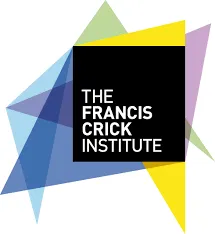
The Francis Crick Institute
